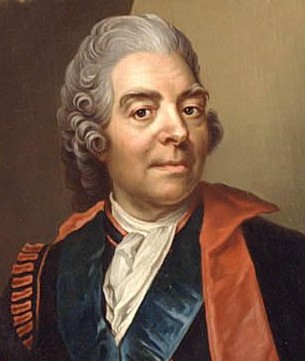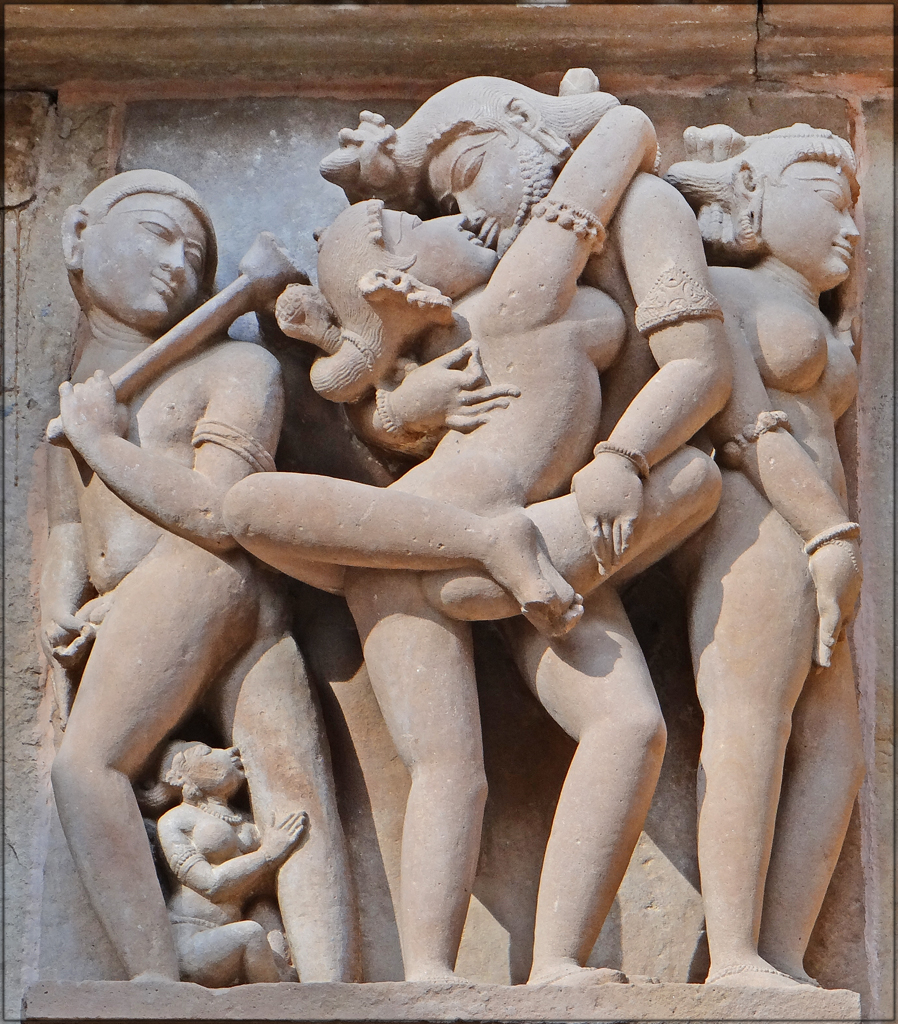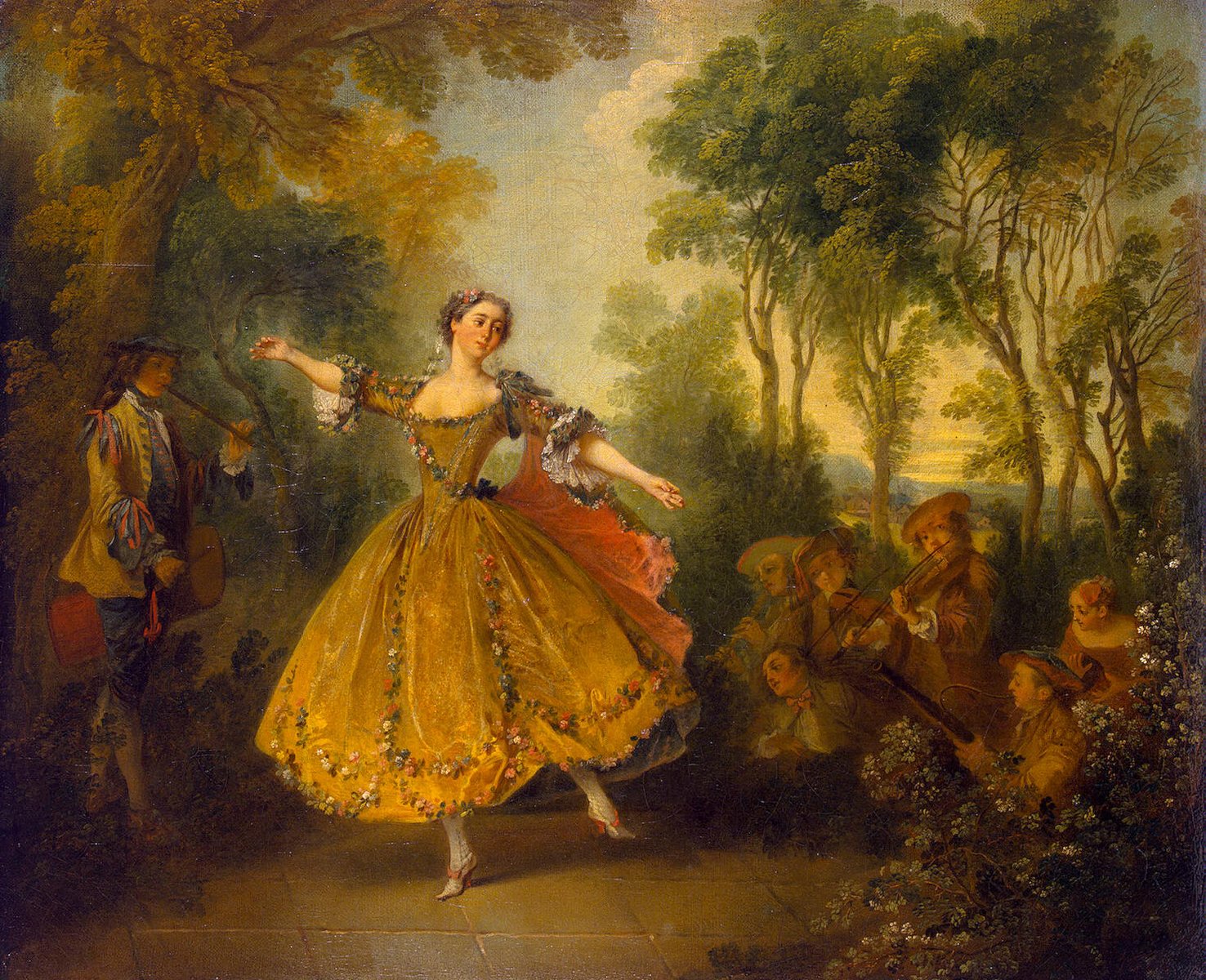|
François Boucher
François Boucher ( , ; ; 29 September 1703 – 30 May 1770) was a French painter, draughtsman and etcher, who worked in the Rococo style. Boucher is known for his idyllic and voluptuous paintings on classical themes, decorative allegories, and pastoral scenes. He was perhaps the most celebrated painter and decorative artist of the 18th century. Life A native of Paris, Boucher was the son of a lesser known painter Nicolas Boucher, who gave him his first artistic training. At the age of seventeen, a painting by Boucher was admired by the painter François Lemoyne. Lemoyne later appointed Boucher as his apprentice, but after only three months, he went to work for the engraver Jean-François Cars.Alastair Laing. "Boucher, François." Grove Art Online. Oxford Art Online. Oxford University Press. Web. 16 June 2016 In 1720, he won the elite Grand Prix de Rome for painting, but did not take up the consequential opportunity to study in Italy until five years later, due to financi ... [...More Info...] [...Related Items...] OR: [Wikipedia] [Google] [Baidu] |
Gustaf Lundberg
Gustaf Lundberg (17 August 1695 – 18 March 1786) was a Swedish rococo pastelist and portrait painter. He trained and worked in Paris and later was appointed court portrait painter in Stockholm. Biography Lundberg was born in Stockholm, Sweden, son of royal chef Gustaf Lundberg and his wife Sabina Richter, whose family included successful artists. Orphaned at an early age, he was raised by his grandfather, Fredrik Richter, who was a goldsmith. Lundberg was later apprenticed to German-Swedish painter David von Krafft (1655–1724) in 1712. In 1717, Lundberg traveled to Paris, where he studied with Hyacinthe Rigaud (1659-1743), Nicolas de Largillière (1656-1746) and Jean François de Troy (1679-1752). The determining influence was the Venetian school (art), Venetian painter Rosalba Carriera (1675-1757), who lived in Paris from 1720 to 1721. Afterwards, Lundberg established himself as one of the leading portrait painters in Paris. He painted Louis XV of France, Louis XV and his ... [...More Info...] [...Related Items...] OR: [Wikipedia] [Google] [Baidu] |
Premier Peintre Du Roi
The ''Premier peintre du Roi'' (''First painter to the King'') was a court painter position within the administration of the ''Bâtiments du Roi'' of the '' Département de la Maison du Roi'' in France under the ''Ancien Régime''. Its holder occupied a similar position to that of ''Premier architecte du Roi'' (albeit a far less prestigious one). The holder was not in charge of any other court staff, and the role was often without a holder. Unlike other countries, the ''Premier peintre'' was often, even usually, not a specialist portrait-painter, but was always a native Frenchman. The most famous holder, Nicolas Poussin, was persuaded to return to France in 1640 to take the office, but returned to Rome after a little more than a year. Despite this, he held the position for another 23 years. In contrast, his successor Charles Le Brun devoted most of his time to his work for Louis XIV, decorating his palaces and designing for and supervising the royal factories of the Savonnerie ... [...More Info...] [...Related Items...] OR: [Wikipedia] [Google] [Baidu] |
Waddesdon Manor
Waddesdon Manor is a country house in the village of Waddesdon, in Buckinghamshire, England. Owned by National Trust and managed by the Rothschild Foundation, it is one of the National Trust's most visited properties, with over 463,000 visitors in 2019. The Grade I listed house was built in a mostly Neo-Renaissance style, copying individual features of several French châteaux, between 1874 and 1889 for Baron Ferdinand de Rothschild (1839–1898) as a weekend residence for entertaining and to house his collection of arts and antiquities. As the manor and estate have passed through three generations of the Rothschild family, the contents of the house have expanded to become one of the most rare and valuable collections in the world. In 1957, James de Rothschild bequeathed the house and its contents to the National Trust, opening the house and gardens for the benefit of the general public. Unusually for a National Trust property, the family of James Rothschild, the donor, manage the ... [...More Info...] [...Related Items...] OR: [Wikipedia] [Google] [Baidu] |
Louis XV Of France
Louis XV (15 February 1710 – 10 May 1774), known as Louis the Beloved (french: le Bien-Aimé), was King of France from 1 September 1715 until his death in 1774. He succeeded his great-grandfather Louis XIV at the age of five. Until he reached maturity (then defined as his 13th birthday) on 15 February 1723, the kingdom was ruled by his grand-uncle Philippe II, Duke of Orléans, as Regent of France. Cardinal Fleury was chief minister from 1726 until his death in 1743, at which time the king took sole control of the kingdom. His reign of almost 59 years (from 1715 to 1774) was the second longest in the history of France, exceeded only by his predecessor, Louis XIV, who had ruled for 72 years (from 1643 to 1715). In 1748, Louis returned the Austrian Netherlands, won at the Battle of Fontenoy of 1745. He ceded New France in North America to Great Britain and Spain at the conclusion of the disastrous Seven Years' War in 1763. He incorporated the territories of the Duchy of Lorra ... [...More Info...] [...Related Items...] OR: [Wikipedia] [Google] [Baidu] |
Eroticism
Eroticism () is a quality that causes sexual feelings, as well as a philosophical contemplation concerning the aesthetics of sexual desire, sensuality, and romantic love. That quality may be found in any form of artwork, including painting, sculpture, photography, drama, film, music, or literature. It may also be found in advertising. The term may also refer to a state of sexual arousal or anticipation of such – an insistent sexual impulse, desire, or pattern of thoughts. As French novelist Honoré de Balzac stated, eroticism is dependent not just upon an individual's sexual morality, but also the culture and time in which an individual resides. Definitions Because the nature of what is erotic is fluid, early definitions of the term attempted to conceive eroticism as some form of sensual or romantic love or as the human sex drive (libido); for example, the ''Encyclopédie'' of 1755 states that the erotic "is an epithet which is applied to everything with a connection to the lov ... [...More Info...] [...Related Items...] OR: [Wikipedia] [Google] [Baidu] |
Antoine Watteau
Jean-Antoine Watteau (, , ; baptised October 10, 1684died July 18, 1721) Alsavailablevia Oxford Art Online (subscription needed). was a French painter and draughtsman whose brief career spurred the revival of interest in colour and movement, as seen in the tradition of Correggio and Rubens. He revitalized the waning Baroque style, shifting it to the less severe, more naturalistic, less formally classical, Rococo. Watteau is credited with inventing the genre of '' fêtes galantes'', scenes of bucolic and idyllic charm, suffused with a theatrical air. Some of his best known subjects were drawn from the world of Italian comedy and ballet. Early life and training Jean-Antoine Watteau was born in October 1684 in Valenciennes, once an important town in the County of Hainaut which became sequently part of the Burgundian and Habsburg Netherlands until its secession to France following the Franco-Dutch War. He was the second of four sons born to Jean-Philippe Watteau (1660–1720) ... [...More Info...] [...Related Items...] OR: [Wikipedia] [Google] [Baidu] |
Peter Paul Rubens
Sir Peter Paul Rubens (; ; 28 June 1577 – 30 May 1640) was a Flemish artist and diplomat from the Duchy of Brabant in the Southern Netherlands (modern-day Belgium). He is considered the most influential artist of the Flemish Baroque tradition. Rubens's highly charged compositions reference erudite aspects of classical and Christian history. His unique and immensely popular Baroque style emphasized movement, colour, and sensuality, which followed the immediate, dramatic artistic style promoted in the Counter-Reformation. Rubens was a painter producing altarpieces, portraits, landscapes, and history paintings of mythological and allegorical subjects. He was also a prolific designer of cartoons for the Flemish tapestry workshops and of frontispieces for the publishers in Antwerp. In addition to running a large workshop in Antwerp that produced paintings popular with nobility and art collectors throughout Europe, Rubens was a classically educated humanist scholar and diploma ... [...More Info...] [...Related Items...] OR: [Wikipedia] [Google] [Baidu] |
The Secret Message, By François Boucher
''The'' () is a grammatical article in English, denoting persons or things already mentioned, under discussion, implied or otherwise presumed familiar to listeners, readers, or speakers. It is the definite article in English. ''The'' is the most frequently used word in the English language; studies and analyses of texts have found it to account for seven percent of all printed English-language words. It is derived from gendered articles in Old English which combined in Middle English and now has a single form used with pronouns of any gender. The word can be used with both singular and plural nouns, and with a noun that starts with any letter. This is different from many other languages, which have different forms of the definite article for different genders or numbers. Pronunciation In most dialects, "the" is pronounced as (with the voiced dental fricative followed by a schwa) when followed by a consonant sound, and as (homophone of pronoun ''thee'') when followed by a v ... [...More Info...] [...Related Items...] OR: [Wikipedia] [Google] [Baidu] |
Jacques-Louis David
Jacques-Louis David (; 30 August 1748 – 29 December 1825) was a French painter in the Neoclassicism, Neoclassical style, considered to be the preeminent painter of the era. In the 1780s, his cerebral brand of history painting marked a change in taste away from Rococo frivolity toward classical austerity and severity and heightened feeling, harmonizing with the moral climate of the final years of the Ancien Régime. David later became an active supporter of the French Revolution and friend of Maximilien Robespierre (1758–1794), and was effectively a dictator of the arts under the French First Republic, French Republic. Imprisoned after Robespierre's fall from power, he aligned himself with yet another political regime upon his release: that of Napoleon, the First Consul of France. At this time he developed his Empire style, notable for its use of warm Venetian school (art), Venetian colours. After Napoleon's fall from Imperial power and the Bourbon revival, David exiled himself ... [...More Info...] [...Related Items...] OR: [Wikipedia] [Google] [Baidu] |
Martin Ferdinand Quadal
Martin Ferdinand Quadal (born cs, Chvátal; 28 October 1736 – 10 January 1811) was a Moravian-Austrian painter and engraver. Quadal is a representative of the Austrian school of painting, working all across Europe in England, Italy, Austria, Holland, Germany, France, and Russia. Life Quadal was born at Němčice nad Hanou in Moravia in 1736. He came to London at an early age. He then studied painting and sculpture at the Akademie der bildenden Künste in Vienna and Paris Academy. He became a student of Francois Boucher in 1767. He was also employed by Louis Joseph, Prince de Conde and was particularly successful in France for his paintings of horses. The painter visited France and Italy, worked at Vienna in 1787–9. He came to St. Petersburg in 1797 upon the invitation of Emperor Paul I and lived there until 1804. After a second visit to London, he returned to St. Petersburg, where he died in 1811. Works Quadal painted animal pieces, as well as military scenes, genre su ... [...More Info...] [...Related Items...] OR: [Wikipedia] [Google] [Baidu] |
Jacques Guay
Jacques Guay (1711–93) was a French gemstone engraver, a protégé of Madame de Pompadour (1721–1764), mistress of King Louis XV of France (1710–74). He was the most eminent gemstone engraver of his time, the official engraver of the king, and produced many cameo and intaglio engravings in semi-precious stones such as onyx, jasper and carnelian. Subjects included classical figures, events in the reign of the king and portraits of members of the court. Early years Jacques Guay was born in Marseille in 1711. Little is known about his family or early life. He came to Paris at an early age and studied drawing with François Boucher. He met the rich financier and collector Pierre Crozat and studied his collection of 1,400 classical engraved gemstones. He decided to study the art of fine stone engraving. His first efforts were successful, but he needed formal training. He went to Florence in 1742, where he studied the antique stones in the grand duke's collection. He went on to ... [...More Info...] [...Related Items...] OR: [Wikipedia] [Google] [Baidu] |
Nicolas Lancret
Nicolas Lancret (22 January 1690 – 14 September 1743) was a French painter. Born in Paris, he was a brilliant depicter of light comedy which reflected the tastes and manners of French society during the regency of the Duke of Orleans and, later, early reign of King Louis XV. Career Lancret’s first master was Pierre d'Ulin, but his acquaintance with and admiration for Watteau induced him to leave Ulin for Gillot, whose pupil Watteau had been. Lancret, who remained a pupil of Gillot from 1712–1713, was heavily influenced by the older painter, whose typical slender figures can be found in many of his pupil's younger works. Two pictures painted by Lancret and exhibited on the Place Dauphine had a great success, which laid the foundation of his fortune, and, it is said, estranged Watteau, who had been complimented as their author. In 1718 he was received as an Academician, from thereon becoming a very respected artist, especially amongst the admirers of Watteau. He completed ... [...More Info...] [...Related Items...] OR: [Wikipedia] [Google] [Baidu] |








.png)


